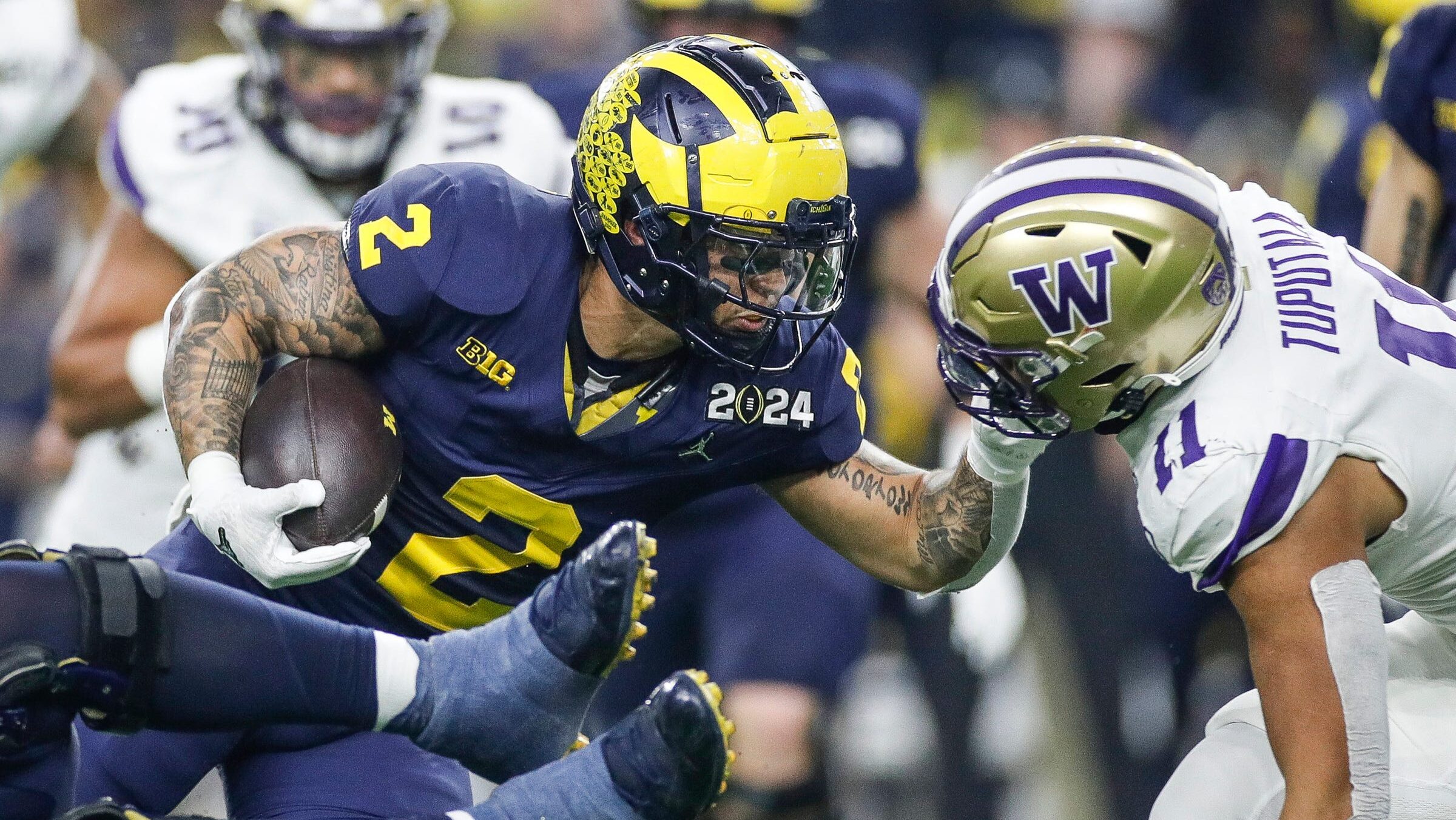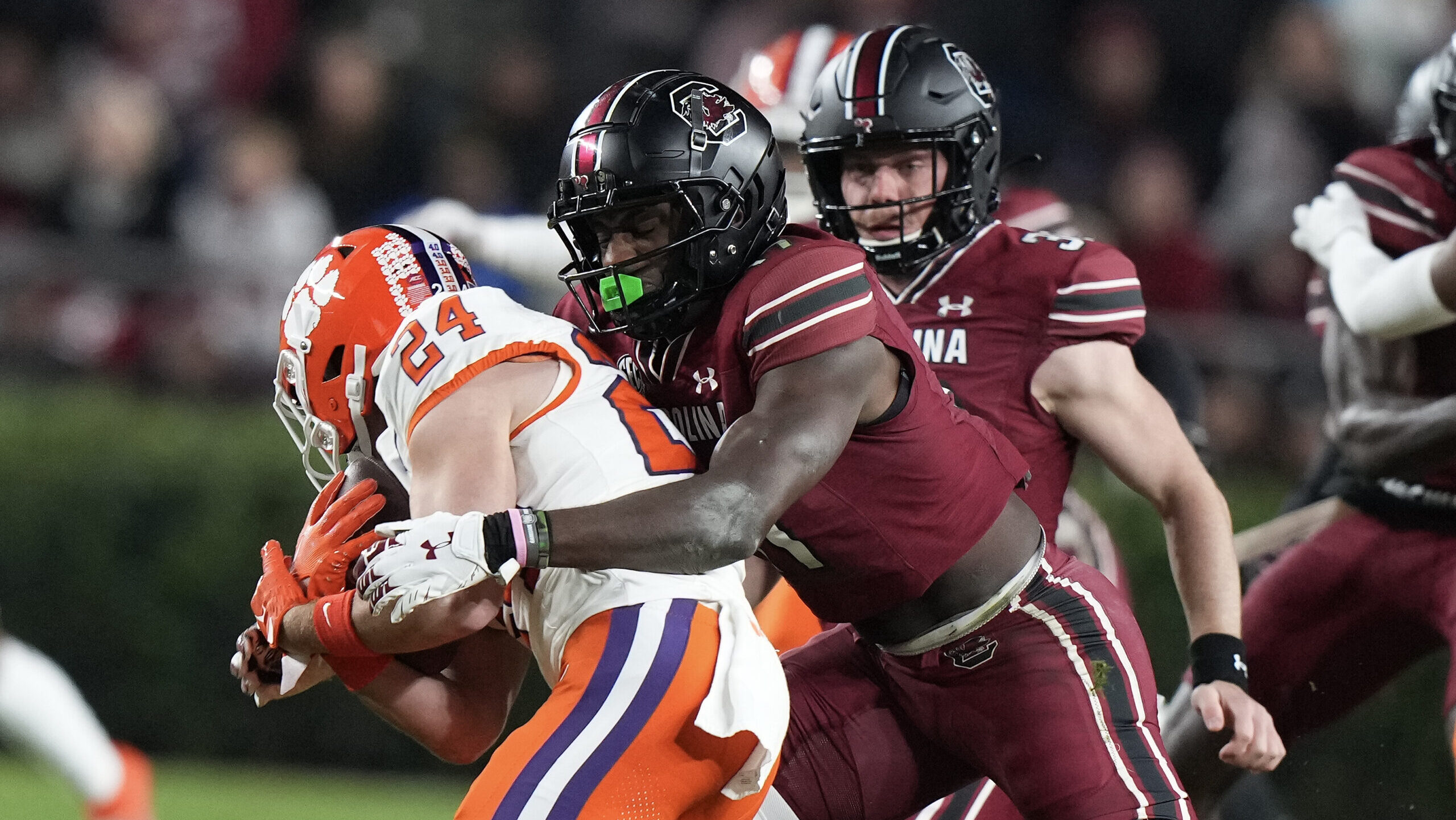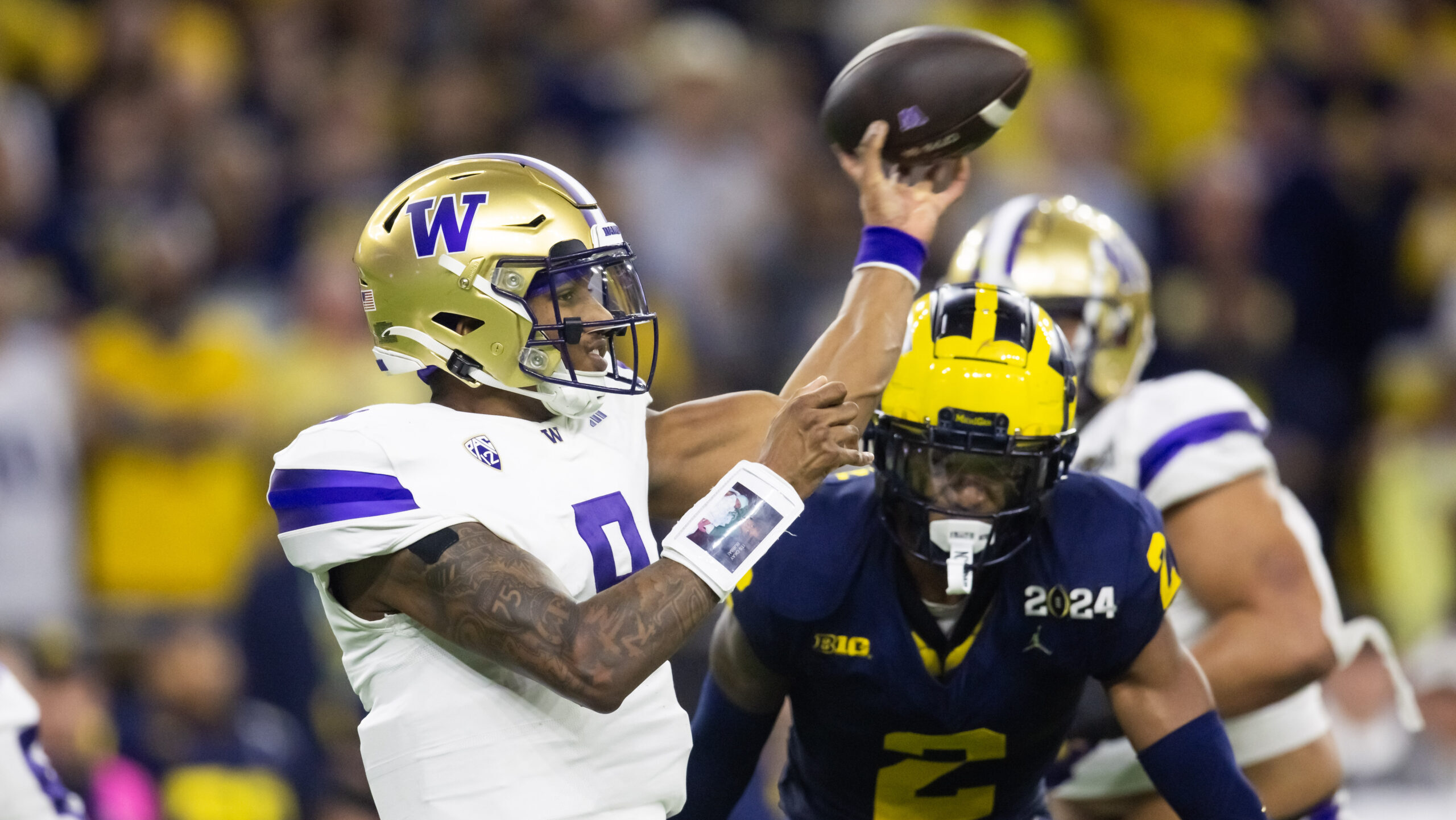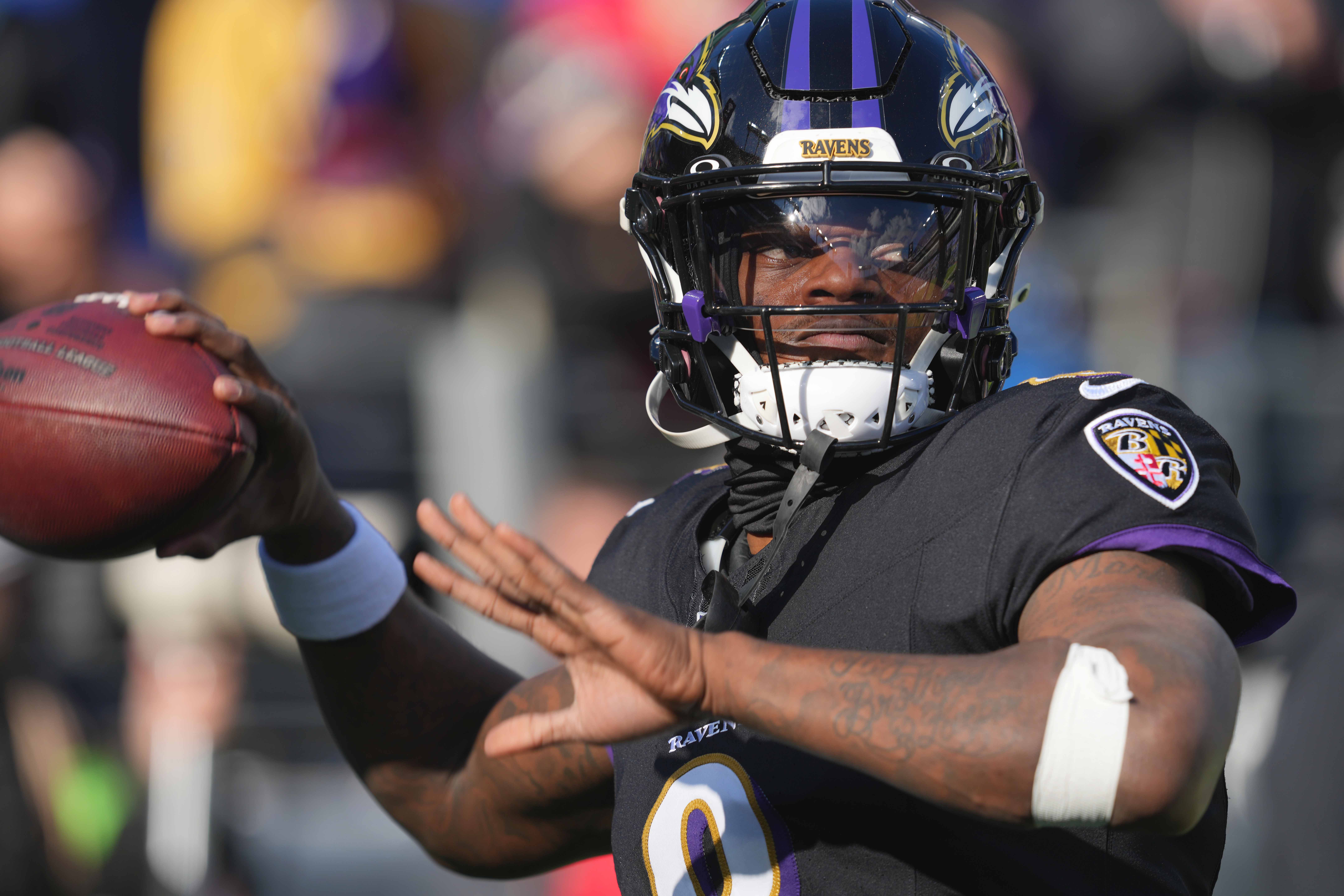Analysis
4/14/23
8 min read
2023 Dynasty Fantasy Football: Here's How to Win Your League
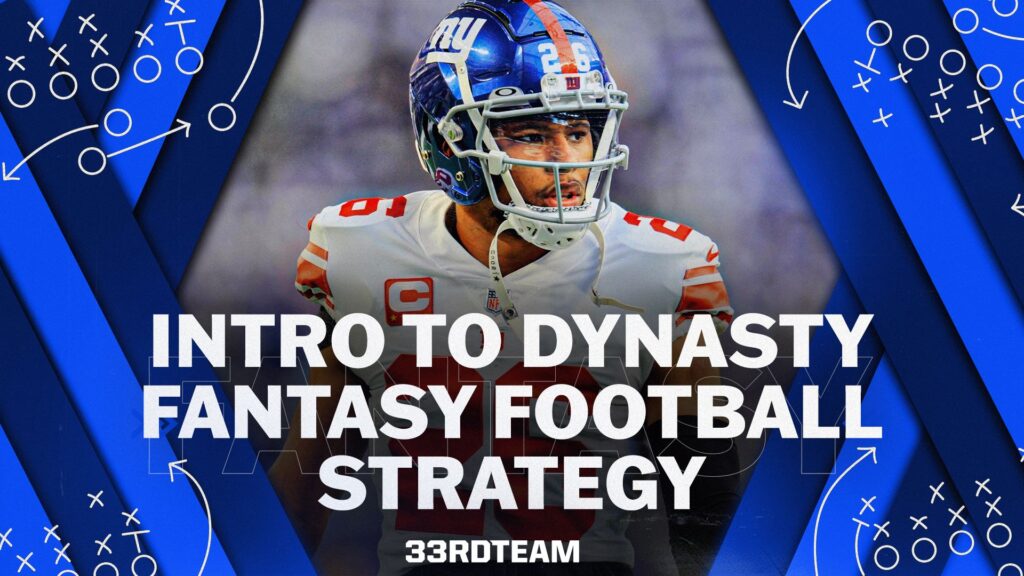
There isn’t a much better feeling than winning your dynasty league. Whether you won in your first year playing or as a 10-year grizzled dynasty veteran, it’s a feeling that puts you on top of the mountain. We all want one thing when playing dynasty: To win and win a lot.
There isn’t just one thing that will make you “good” at dynasty. Even if given every possible strategy and game theory, you still might lose your league. Why? The primary answer is there is a tremendous amount of week-to-week variance in fantasy football.
If you want evidence to back that claim, let’s take Mike Evans as an example. Evans scored 12.6 points per reception (PPR) points per game last season until he dropped 48.7 points during championship week. On the flip side, Saquon Barkley posted 18.4 fantasy points per game until championship week, when he dropped a measly 7.3 points in the week that matters most.
You can predict everything correctly throughout a season, have the soundest strategies and still lose your league. A lot of things must go right regardless of your build to bring home a championship. Some of those factors, such as Evans’ and Barkley’s scores during championship week, are out of our control.
But we can deploy the most optimal dynasty strategies to give ourselves the best possible chance to win our league and put ourselves in a position to win our league for years to come. The possibility to continue building on success year after year makes dynasty our favorite fantasy option.
We will go over how roster construction, market efficiencies and draft capital can give you that massive advantage over a long period.
Dynasty Strategies
Roster Construction
Why is roster construction so crucial to building a successful dynasty roster? Think of it like this: If you were building a house, would you start by buying the furniture, or would you construct the floor plans and build from there? It’s a similar case in dynasty football, except replace furniture with running backs and replace floor plans with quarterbacks. If that example still doesn’t make sense, I will break it down from a fantasy football perspective.
Let’s take that running back position we talked about. If we use KeepTradeCut.com, a site that gives a point value to a player or asset based on crowdsourced polls, we can take the consensus of the top 12 valued running backs in dynasty.
This gives us, in order, Bijan Robinson (scouting report), Breece Hall, Jonathan Taylor, Kenneth Walker, Christian McCaffrey, Travis Etienne, Barkley, Josh Jacobs, Jahmyr Gibbs (scouting report), Austin Ekeler, Tony Pollard and Javonte Williams. Of those 12, only five were in the top 12 last April. Yes, less than half of the current crop was valued in the top 12 among consensus last season.
But what if we do this same exercise with quarterbacks? We get a list featuring Patrick Mahomes, Josh Allen, Joe Burrow, Jalen Hurts, Justin Herbert, Trevor Lawrence, Lamar Jackson, Justin Fields, C.J. Stroud (scouting report), Bryce Young (scouting report), Kyler Murray, and Deshaun Watson.
Nine of these passers were in last year’s top-12 highest valued at the position. There are countless different ways to measure this, but what’s clear to us is one position has a higher stability rate than the other. You may be wondering why that information would be essential, and make no mistake, it is important.
We don’t want to invest a premium cost into a position lacking more stability than the other. Or in other words, while running backs are important in winning a championship, you don’t want to purchase furniture before the house is put together.
Market Efficiencies
If you thought we were done talking about "value," you were sadly mistaken. Tracking value may be one of the most pivotal aspects of success in dynasty fantasy football. Most importantly, if you thought we were done talking about "houses" you are even more sadly mistaken.
For this example, let’s pretend you are in the business of flipping houses. Would you rather purchase a house close to its ceiling cost, or would you rather buy a house much less than its ceiling cost? It’s not a trick question; it’s an easy answer to say you would rather purchase the house giving you room to grow your profit.
That is not much different than the dynasty market. You may have heard the expression, “I don’t dislike players; I just dislike their cost,” and that is a type of thinking you should implement into your dynasty leagues.
For this example, we can take Fields, who had an exceptional sophomore season from a rushing perspective, but his passing wasn’t entirely on par. His 11.3 passing points per game ranked 30th among all eligible quarterbacks and only bested Baker Mayfield, Jacoby Brissett, Zach Wilson, Kenny Pickett and Malik Willis. We can also take his 54.4 PFF Passing Grade that ranked 36th among all eligible quarterbacks and only bested Joe Flacco, Mayfield, Watson, Taylor Heinicke and Wilson.
While Fields was a fantastic rusher and tied Jackson’s record of 10.8 rushing points per game, there is clearly a lot of downside in a quarterback that has struggled as a passer through his first two seasons in the NFL. That kind of high-risk, high-reward option might be worth a third-round pick in a dynasty startup because the potential payoff is huge.
But investing a first-round selection in a volatile player with this kind of downside could put your dynasty startup in a considerable hole if the player fails. Fields is just one example of many in dynasty markets. Ultimately, acquiring an asset with more of its upside baked into its price vs. the downside can burn your dynasty squad quickly if they don't pan out.
Draft Capital
Draft Capital isn’t worthless. The idea it is might be the biggest misconception in all of dynasty. One of the most common anti-draft capital remarks is draft picks don’t score points, which is why they are worthless to winning. The first half of that statement is technically correct, as draft picks don’t score points for your fantasy squad. However, the notion they have no impact on winning simply isn’t true. So, how exactly do draft picks contribute to winning?
While draft capital remains scoreless, they aren’t valueless. They are the safest assets when it comes to value. Draft capital itself can’t tear its ACL or retire; the downside simply isn’t there like it is with players. In fact, as that year’s picks get closer to getting turned into rookies, their value is essentially guaranteed to rise.
Let’s go back to KeepTradeCut.com to further prove this point. This time last year a "mid-2023 first" was valued as the 80th highest dynasty asset while a "mid-2024 first" was valued as the 86th highest dynasty asset. Looking at where we are a year later, a "mid-2023 first" is valued as the 41st highest dynasty asset and a "mid-2024 first" is valued as the 48th highest dynasty asset.
If you wanted an idea of how this value has grown from a player perspective, think of going from Dameon Pierce to Mark Andrews just by holding an asset over the course of a year or even less. If you’re keeping track at home, a "mid-2025 first" is valued as the 79th highest-valued asset. It’s not much of a mystery as to what is going to happen to that asset over the next calendar year.
So, while draft picks may not score points, you’re gaining the opportunity to get better players just by holding onto the picks closer to when the picks can actually be used. You can profit a lot using draft capital, and you never even have to select a rookie with that pick.
Final Thoughts
There is always going to be luck involved when it comes to championships, but there’s a lot less luck when we’re talking about being in the final four. Get yourself into the semifinals as consistently as possible, and then let the variance do its thing.
Consistent juggernauts are the goal, and it's much more attainable when following some of these general principles. So, whether this is your 10th season playing dynasty or you just started, let’s build some consistent contenders.


